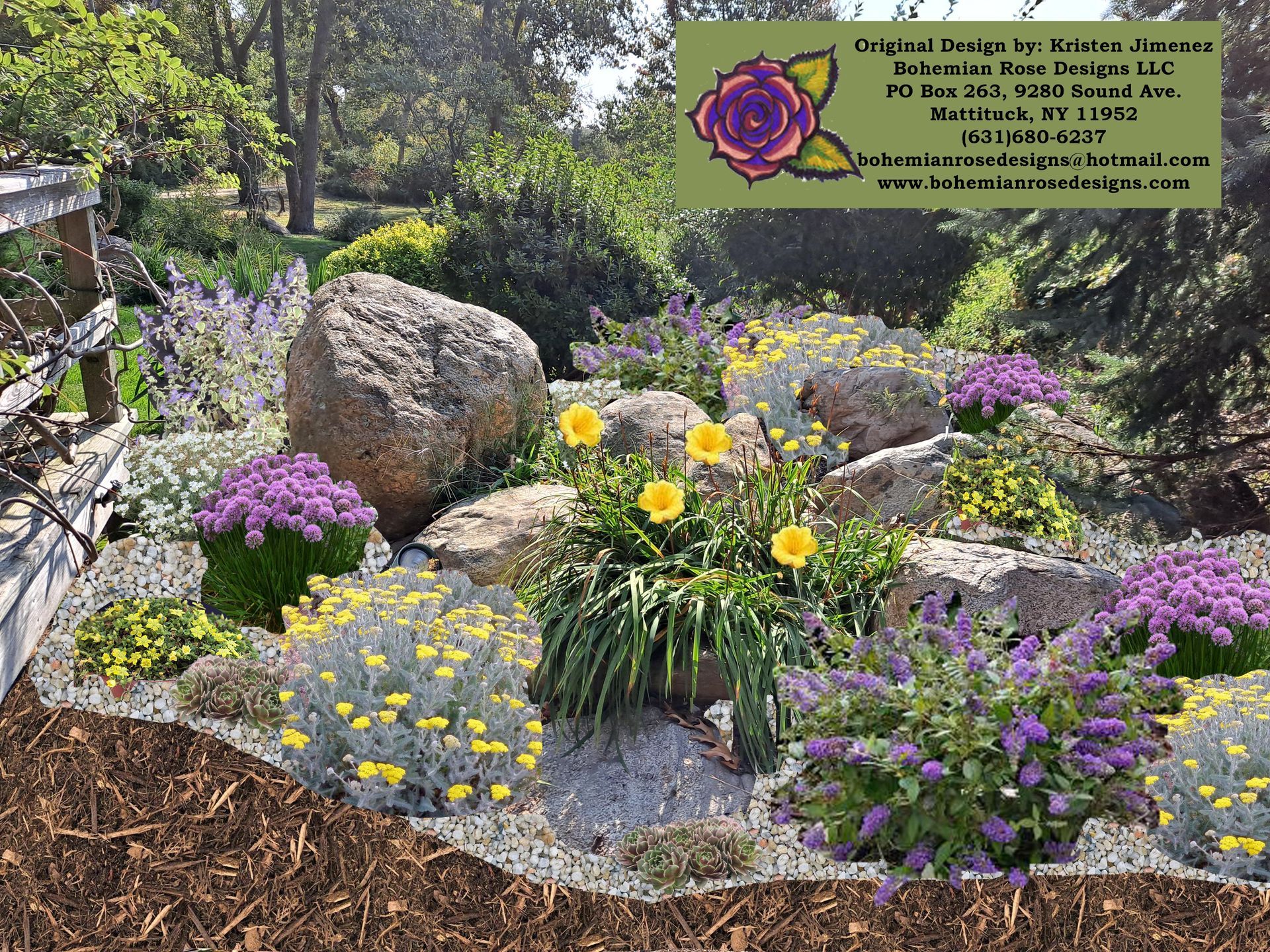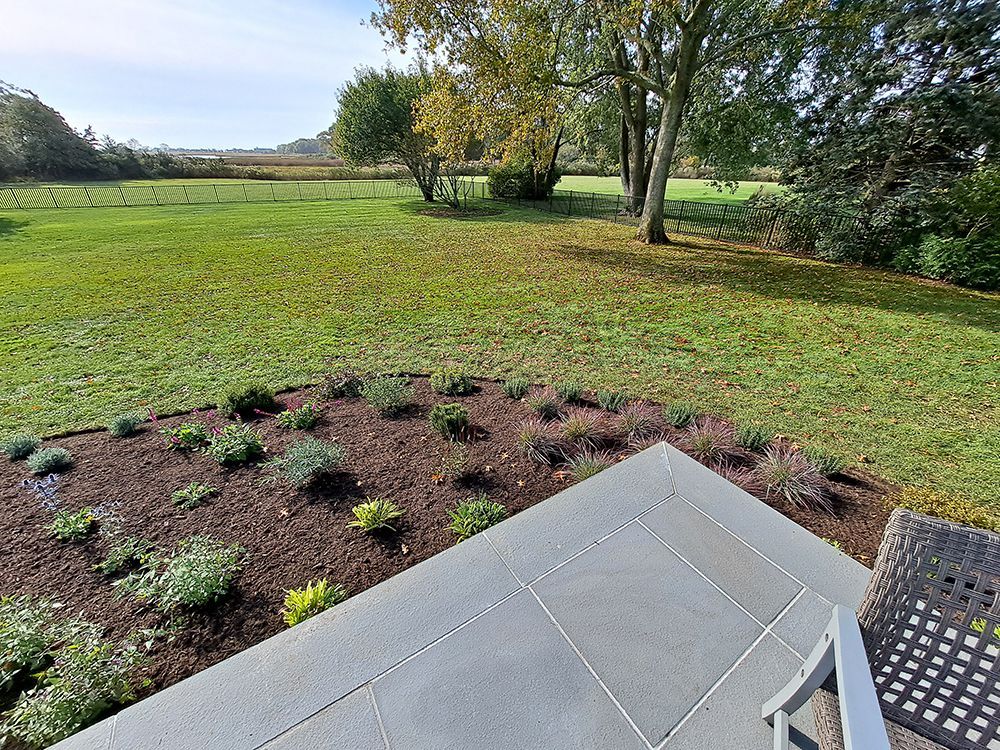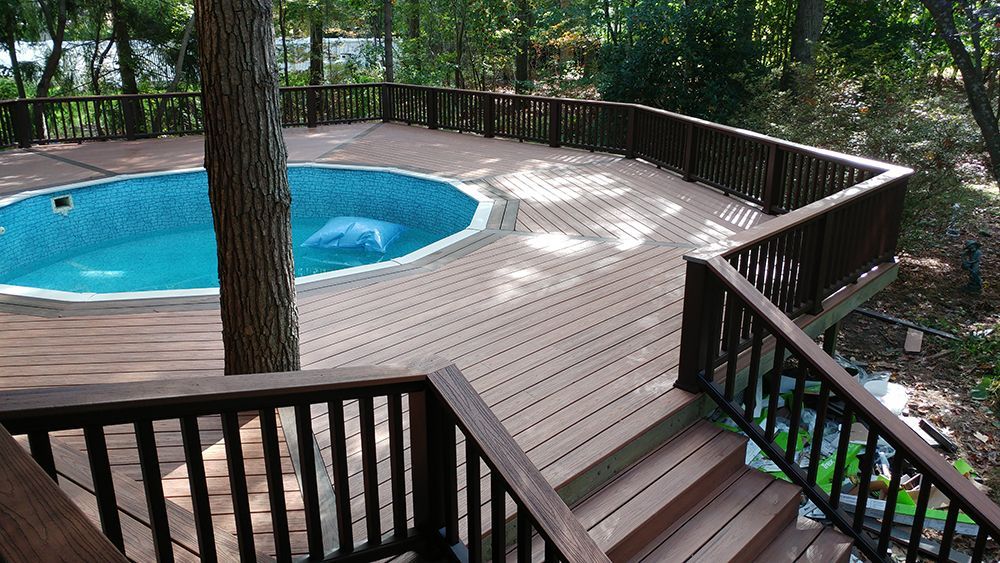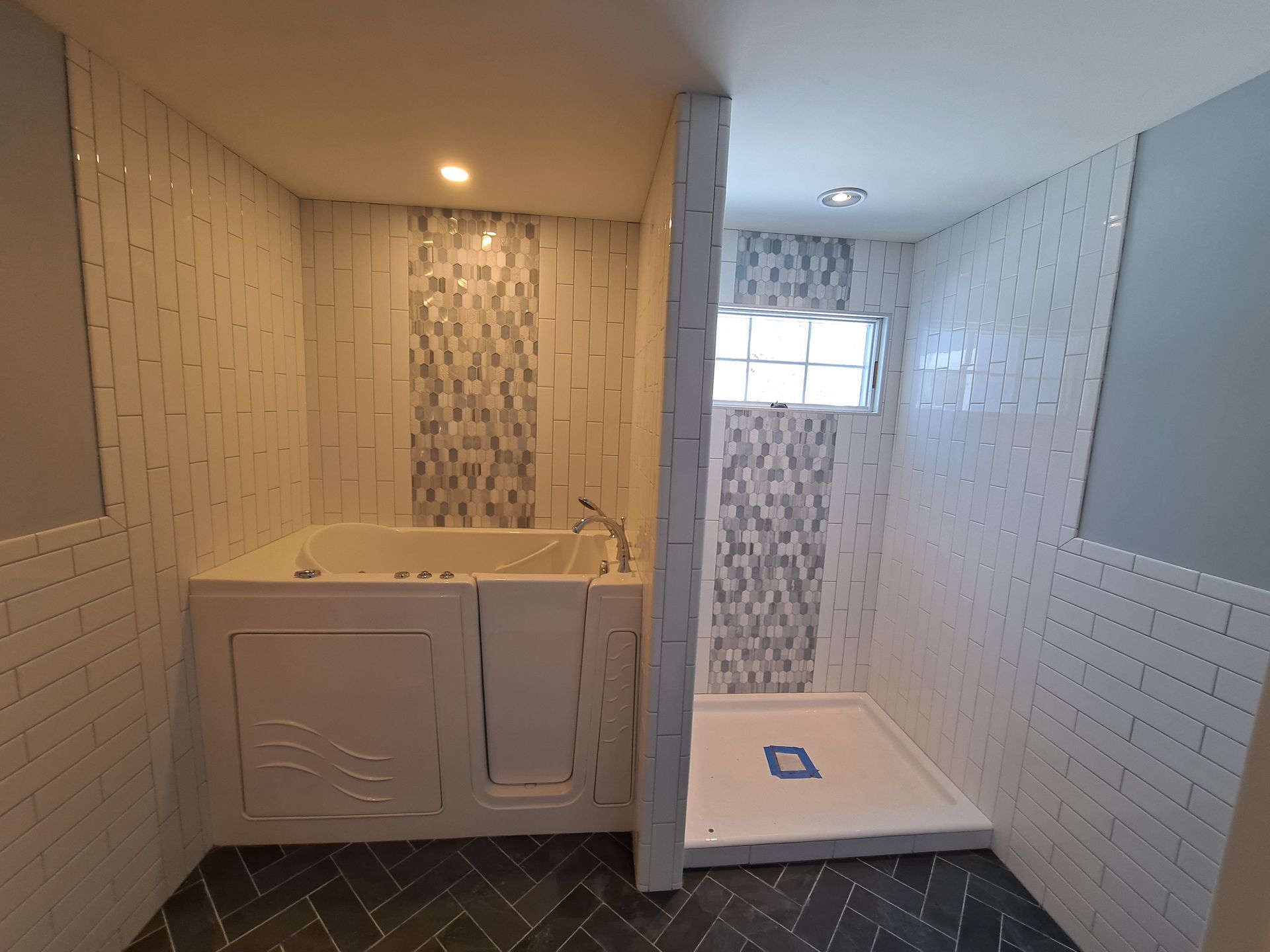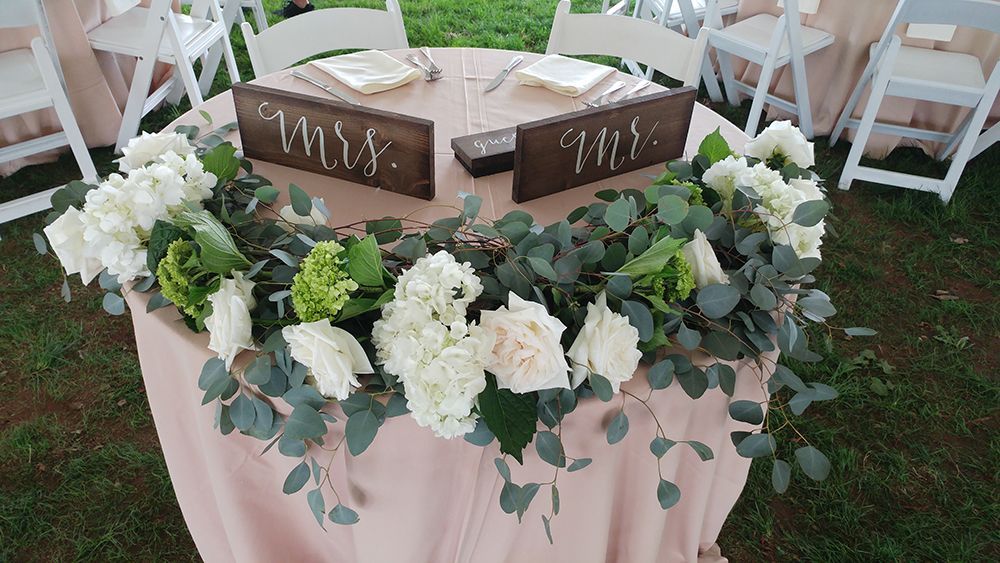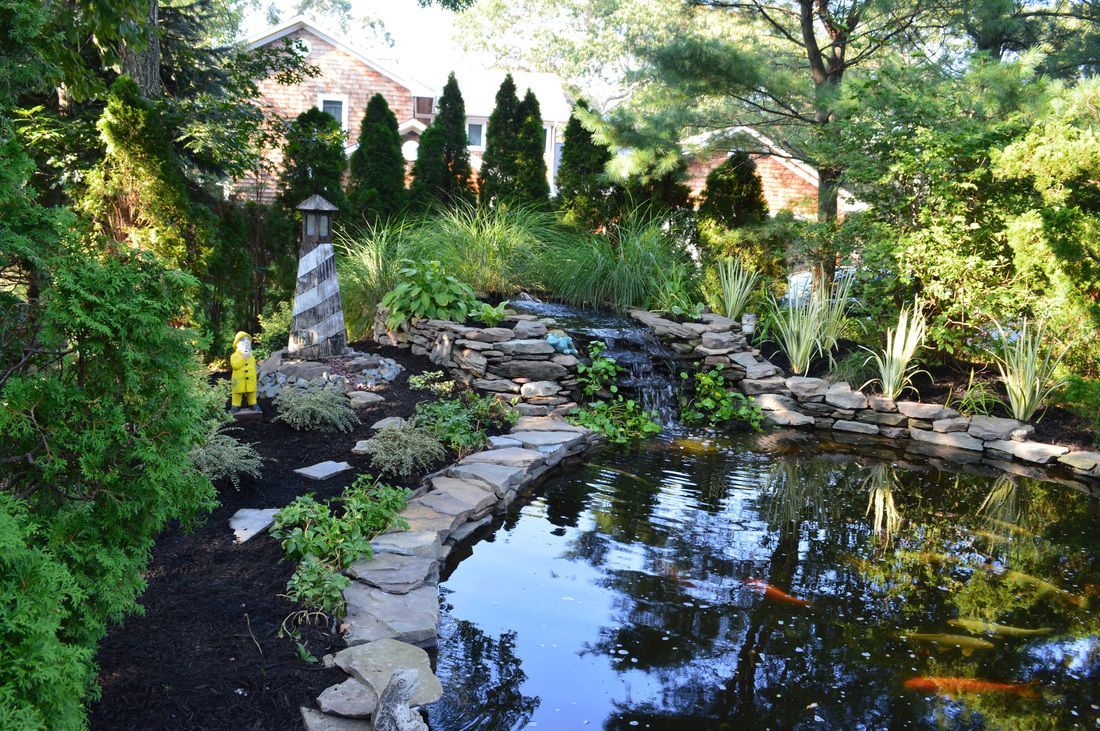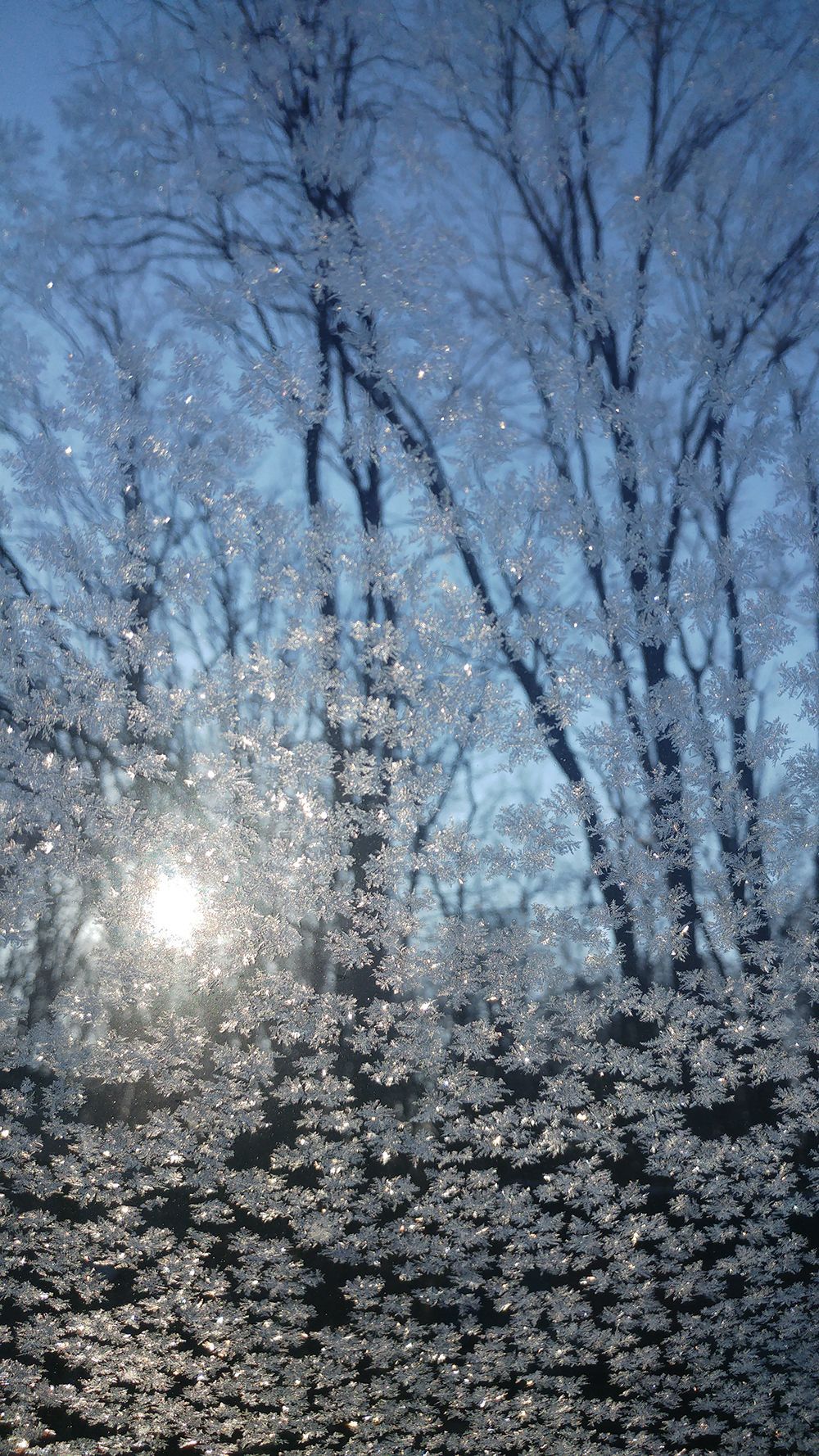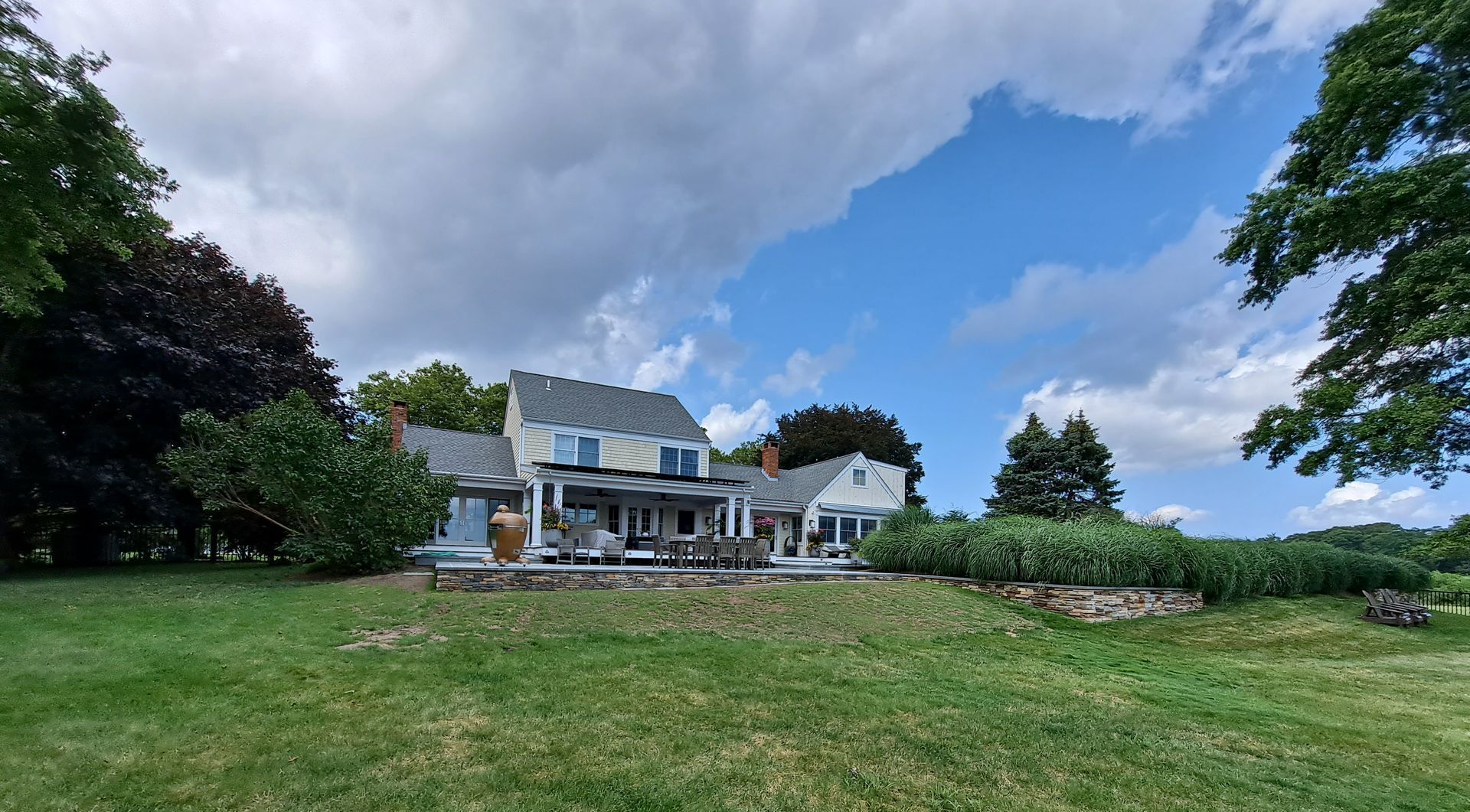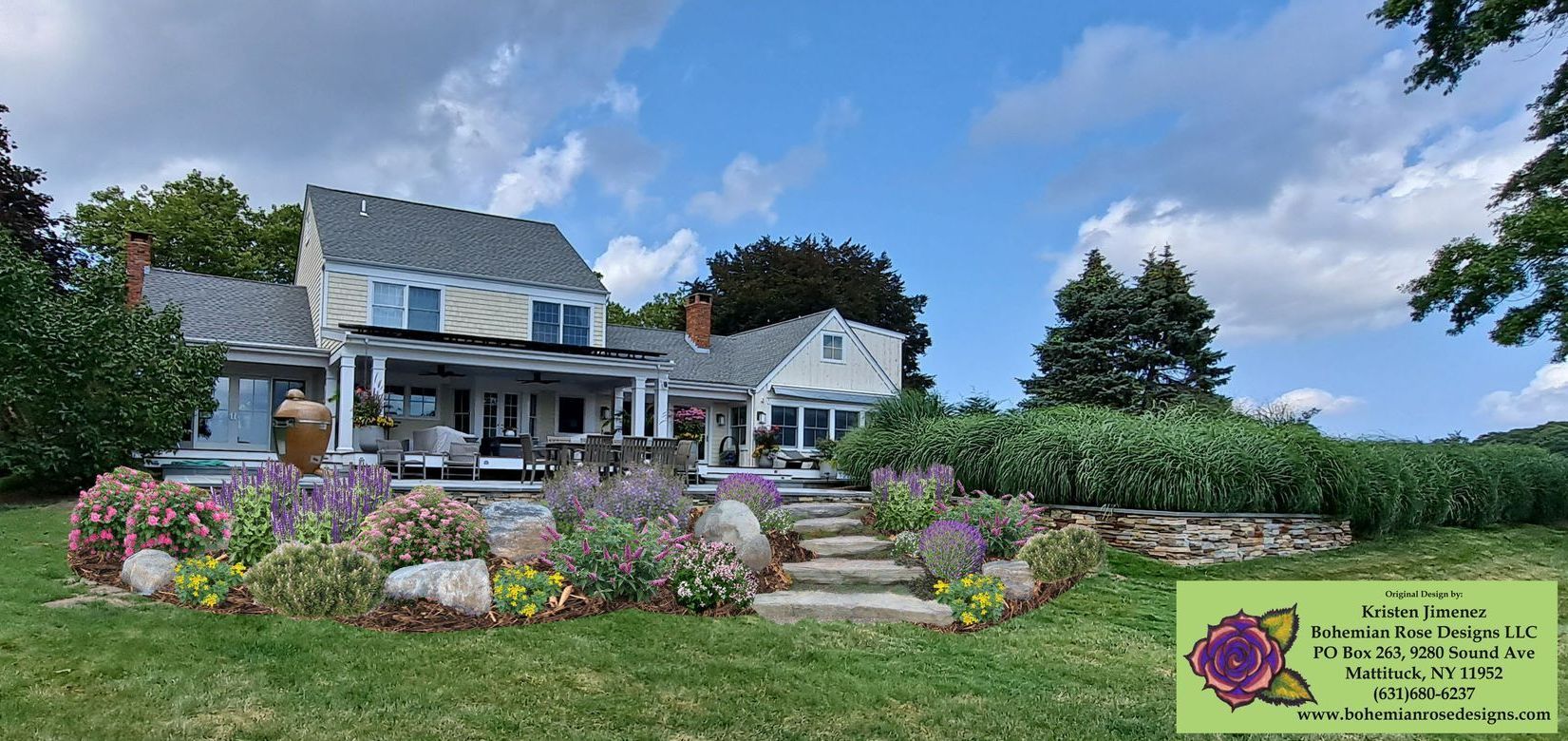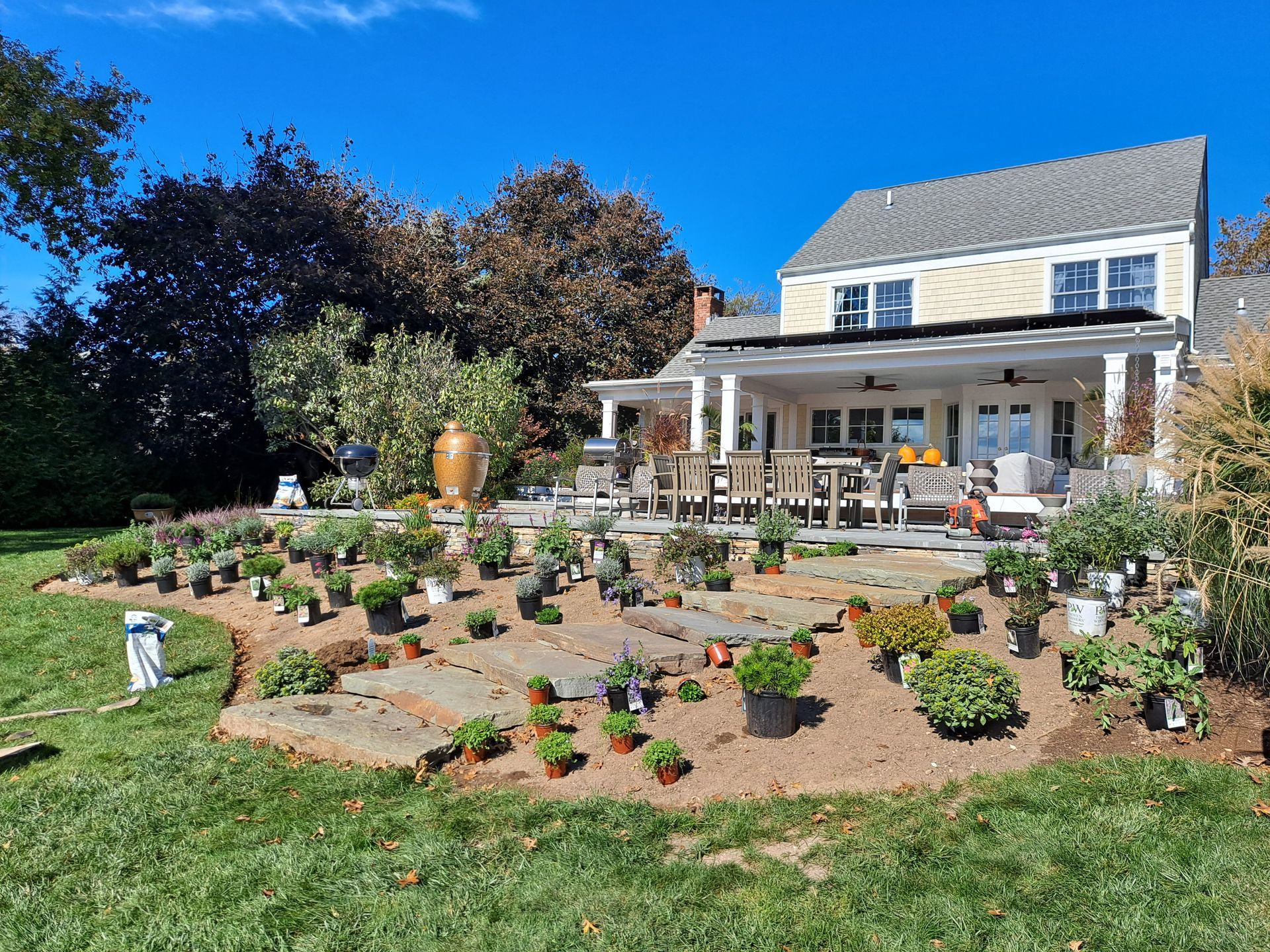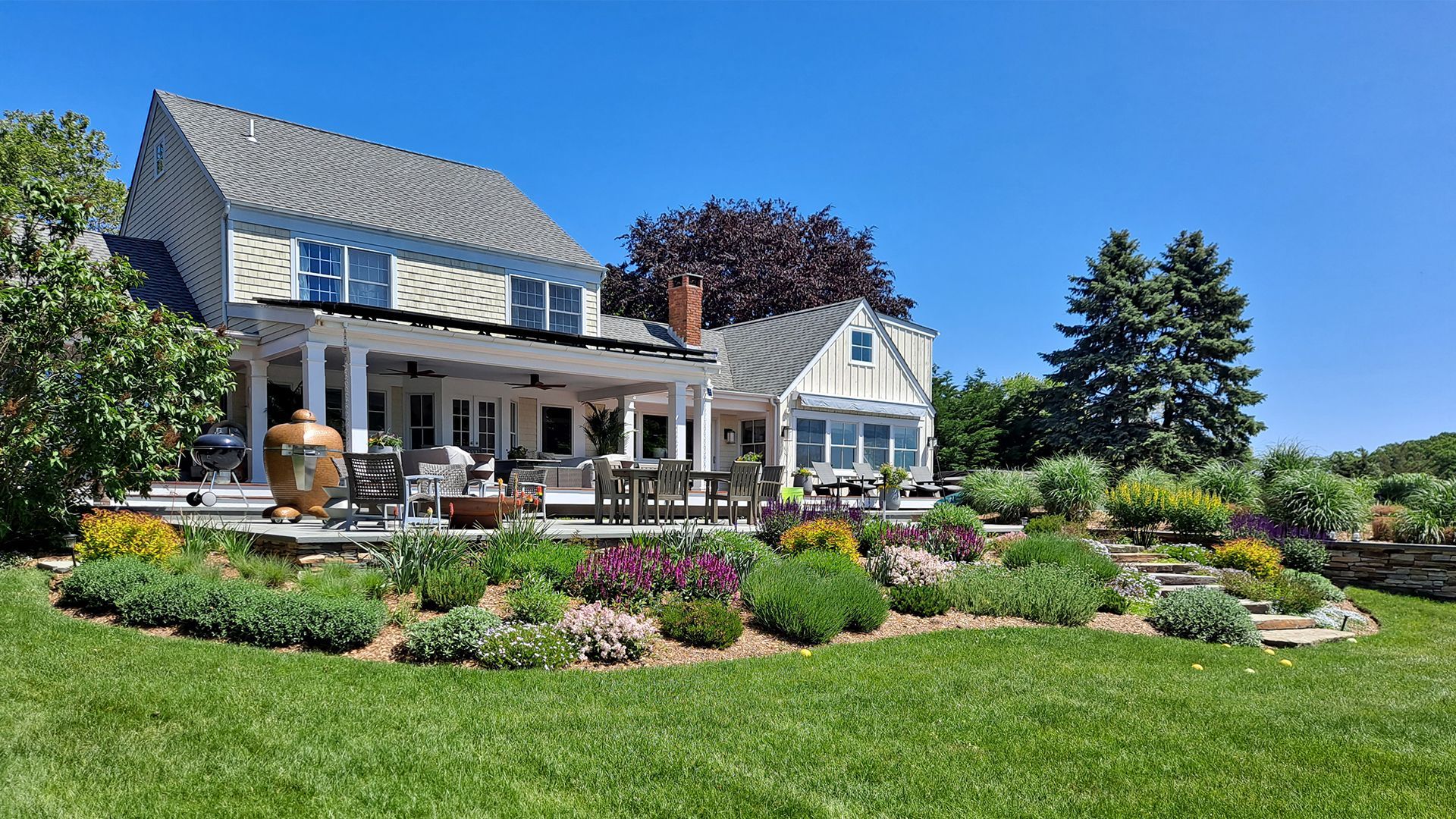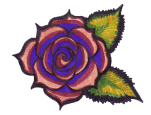
Bohemian Rose Designs LLC
Landscape Design & Construction
Elegant Design Through Nature
* CUSTOM DESIGNS *
* EXPERIENCED CRAFTSMANSHIP *
* QUALITY INSTALLATIONS *
Elegant Design Through Nature
* CUSTOM DESIGNS * EXPERIENCED CRAFTSMANSHIP * QUALITY INSTALLATIONS *
Create Your Space With Us!
Bohemian Rose Designs LLC is a full service Landscape Design and Masonry Contractor on the North Fork of Long Island with specialties in creating unique outdoor spaces from the ground up, and gardens with purpose. We work with you from design to realization, which means less stress for you! We help our clients to realize the possibilities of a space, listening to their goals and hopes, then we get to work on making something beautiful to be enjoyed for years to come! Did you know that certain plants can attract wildlife to your garden? With our help, you could plant an entire space dedicated to feeding the birds, or bringing butterflies to your yard! We even know which plants can keep the bugs away, and which plants the deer are least likely to eat. We use our knowledge of all things outdoor to create the perfect space for you and yours. Let our decades of experience in the industry help your outdoor dreams become a reality!
Licensed and Insured (Lic# 49740-H)
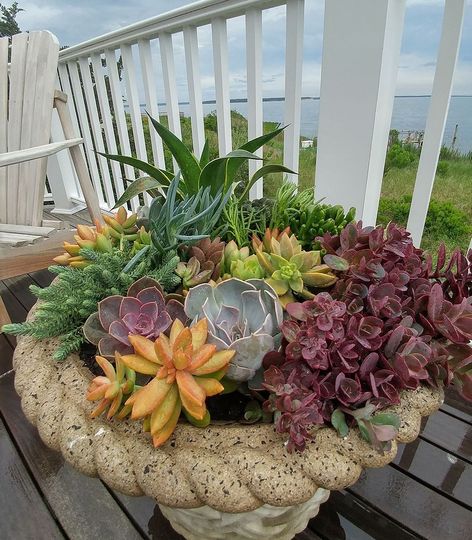
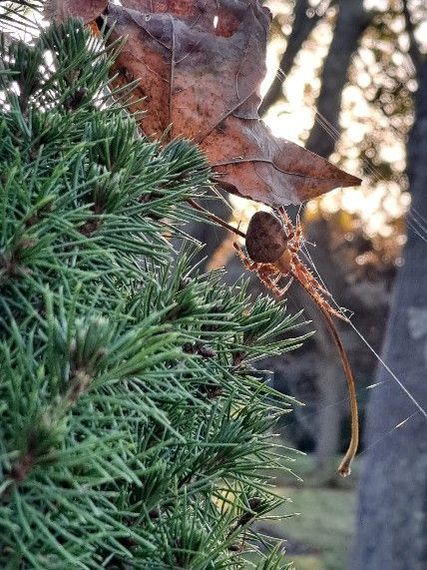
Why Choose Bohemian Rose Designs LLC?
Bohemian Rose Designs LLC has been serving the North Fork of Long Island and surrounding areas since 2011. As a local, family owned and operated business, we take pride in providing exceptional services to our clients. We know plants, and we know this area. We design with your specific needs, goals and budget in mind, while also considering the requirements of the plants and materials we use in our designs. Want flowers in February? We got you! How about a Native Garden to help support the local wildlife? A patio and firepit for the family with a privacy hedge? We are not just a mow and blow company. Whatever you're imagining, let us help you bring dreams to reality! Using our design process, the end result is a successful harmony between you and your space that you can continue to enjoy year round!
OUR DESIGN PROCESS
-
STEP 1
ButtonBEFORE PICTURE
Our free consultation lets us get to know you, your space, and what you'd like to see in your yard.
-
STEP 2
ButtonVIRTUAL GARDEN DESIGNS
Our Virtual Designs allow you to see the garden we want to create for you, before we even touch your soil!
-
STEP 3
ButtonLANDSCAPE INSTALLATION
We create the design and do the install, so there is no mis-communication between the designer and the contractor. We do it all!
-
STEP 4
ButtonLANDSCAPE MAINTENANCE
We offer regular garden maintenance for our designs, and all gardens, ensuring that your property will always look fabulous!
Let's create something beautiful.
Call Bohemian Rose Designs LLC today!
(631) 680-6237
Here's what our satisfied customers are saying...
At Bohemian Rose Designs LLC, we take pride in providing exceptional quality to our customers. We would be grateful if you could share your thoughts about all our services with others. Your feedback helps us improve, and helps others make informed decisions. Please take a moment to leave a review of Bohemian Rose Designs LLC and let others know what you think. Thank you!
Learn More About Bohemian Rose Designs LLC
Based in Mattituck, serving the North Fork of Long Island, NY. Bohemian Rose Designs LLC specializes in elegant property designs that cater to our clients' needs, and exterior home improvements that add value to their homes. Over 25 years experience in the industry. Local and family owned. Let our years of experience and expertise help you create an outdoor space that's perfect for you! Call Now to get started!
Licensed and Insured. (Lic #49740-H)
serving Area
Mattituck, NY
and surrounding areas
Business Hours
- Mon - Sat
- -
- Sunday
- Closed
